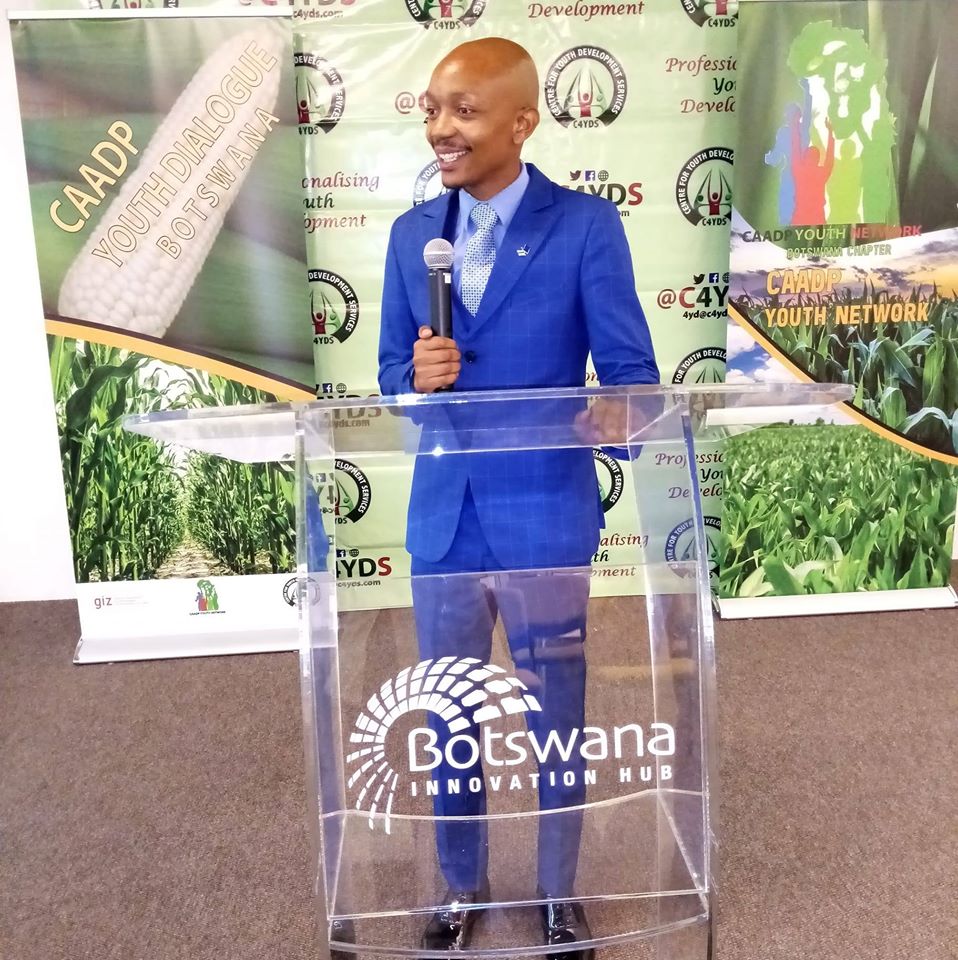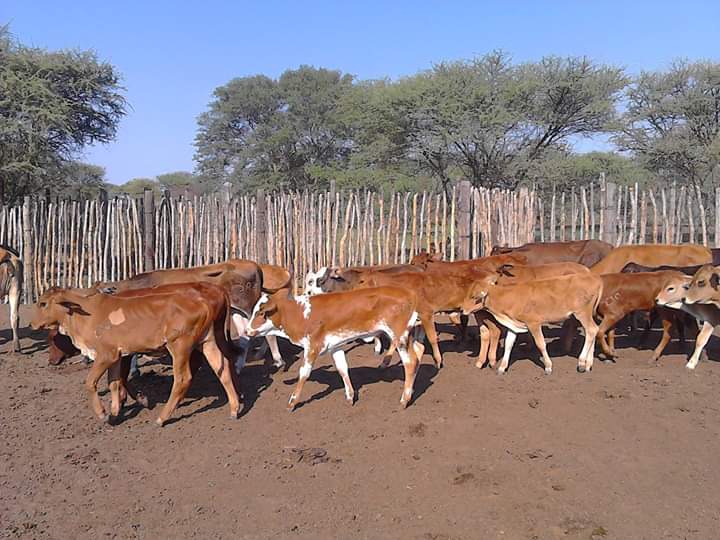
As toddlers the typical Motswana city slicker or villager is taken to the farm; “moraka” or “masimo” by force. At first from the ages of 3 and 5 this experience is exhilarating to say the least. The sight of the cattle “dikgomo” and goats “dipudi” for some city slickers is quite interesting at close range, as most of these toddlers see the cattle or goats from afar crossing the streets in various parts of the capital city.

Whilst on the other hand the village toddler is used to seeing the animals around the areas, some goats wonder into yard and peer at them attempt to feed on backyard garden crops. Both dwellers at this tender age are intrigued with farm life. My father used to take my brother and I to the farm, every weekend without fail. We would pack our belongings after school travel from the city to the village.
One needs to understand the starting such an enterprise requires sacrifice, many a times we cry foul, and state our disadvantages over the advantages…Gregory Thato Rakobe
My father would engage us and as we played we also learnt all farm duties. As the years progress and we reached primary school going age, going to the farm became terrible. Suddenly the smell of the dung and flies became unbearable. I have spoken to friends who grew up in the village and it appears to me that just as we city folks dreaded doing the chores at primary age so did they. Some enjoyed it others hated it. As the years went by and we became teenagers, my elder brother and I began to appreciate going to the farm.
We would milk goats and search cattle which had done astray cattle in the bush. Farming became our life-style. My father is a subsistence cattle farmer like many other cattle farmers. Just like our village peers, we grow up knowing that “Kgomo ke modimo o nko e metsi” meaning that we rely on cattle for many things such as milk, meat as well as duties for such as preparing the fields to plough. Cattle still come in handy for gatherings such as funerals, parties or weddings. Through is exposure at a tender age I came to realize that I have passion for cattle. As a young adult I choose pursue a degree in animal science and a Masters in Animal management systems both from the University of Agriculture and Natural resources. I have many achievements but I shall disclose in due course. Let us begin firstly with the feedlot.
FEEDLOTTING
I remember my first time I saw a feedlot when I was young boy, I think I was doing Form 1. My father took me out for on a trip to observe and get me inspired. I always talked about how we needed to have cattle like the ones on TV . I admired the Texas ranchers and questioned why our cattle were thin.
I shall never forget moment I saw a feedlot. It was overflowing with huge fattened beasts. It really amazed me; I fell in love with beef cattle. I declared that one day I would have 100 thousand fat beef cattle I will be rich little did I know that you have to work smart and hard to actually have such an enterprise.

After attending Agri-Expos, Agri-Shows and visiting Cattle Farms and Ranches across Botswana; as well as learning The Art and Science behind Beef Cattle Enterprises (Beef Value Chains) through research, trainings and attachments in such enterprises. I finally began to understand the concepts and principles that The Beef industry operates on, from the Economical, Biological and Environmental aspects.
It is a lucrative enterprise yet poses threats to the environment and sometimes to the consumer in relation to the meat standards. Properly managed it should both bring satisfaction to the environment and to the farmer.
Have you ever wondered how many feedlots we have in Botswana and how many Cattle Farmers?
Owning a feedlot is very similar to owning a cattle farm or ranch the difference is that with the feedlot, cattle is confined for a period of 90 to 120 days. The cattle are not lead to graze in the bush nor does one have to herd it. . Once confined, the cattle are feed with high protein feeds and energy supplements.
Of course one needs to have access to livestock feeds and a team of experts such as;
- Animal Science (Animal Nutritionist)
- Animal Health practitioner
- Agriculture Engineer Mechanized Scientist
- Casual labourers
- Environmental Science Scientist
- Accountant
- Administrator
- Truck Driver
- Security guard
One needs few hectares of land or more, Animal Production (Ministry of Agriculture) has the standard protocols for a fully operating a feedlot requirements for Batswana. So this is not a race or skin-colour enterprise. You need to have experts like myself and my colleagues who are not working waiting for Batswana Farmers to up their game to run it. There are also many government offices which one may visit for free advice on how to run such a lucrative system. I know most financial institutions will turn down most applications for such a venture. This is because they go through the process of vigorously assessing the financials and seeing whether the applicant has engaged people with the appropriate skills and experience to run such a venture.
My advice is to a young Motswana Unemployed or aspiring beef cattle farmer before you kick-start make sure your expert team are people who I presented above. These experts are within your reach, they are your colleagues from school who like me have trained at institution such as BUAN, they are the local agriculture officer, and they are also the experienced ranchers. From my experience I have learnt that when one is determined and persists then a success despite challenges is certain. One needs to understand the starting such an enterprise requires sacrifice, many a times we cry foul, and state our disadvantages over the advantages. An example is this somehow we are able to recharge phones for my social at P5 per day or P15 a week monthly, yet we are unable to pay for accounting services, which we are capable of saving for. IF we can afford some alcohol to share with friends over the weekend then surely we can acquire a professional to advise us on the financial projects for business plan. We must learn to be run hands on.
I will share a summary template on Feedlot Management soon. This guide on how to set it up and operate it.
Inspired by: Kagiso Eagile Modise
Please like our posts, leave comments and share our stories with friends and family. We would like to encourage aspiring cattle ranchers and also reach to farmers who are struggling to operate and generate a sustainable income. The government has availed many opportunities for our unemployed youth, let’s have a mind-set shift and take advantage of what we have as nation.



